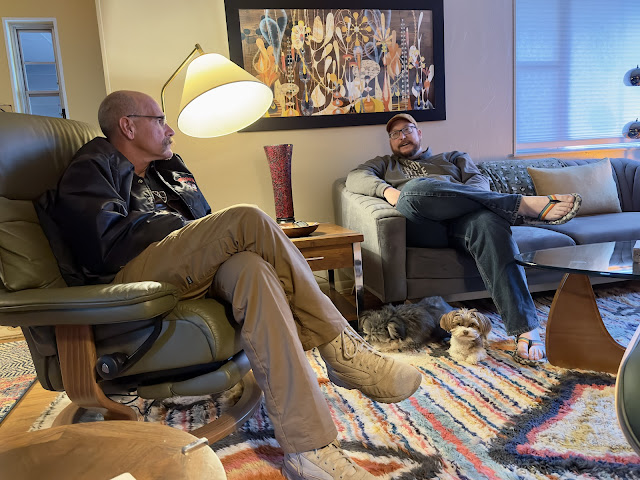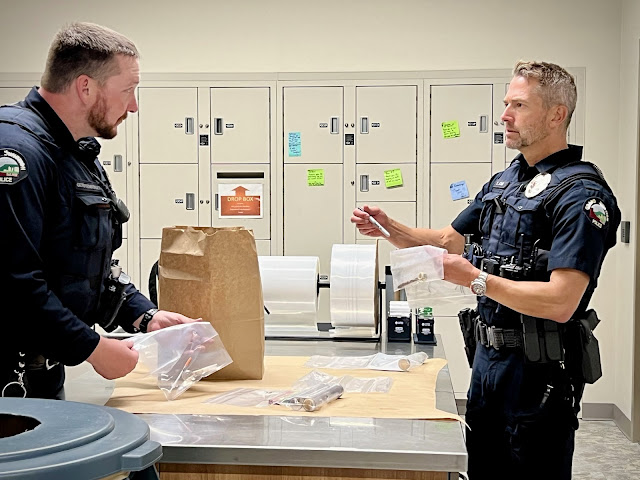Bad Weather Running - Yuck! or Yay!
For this week's installment of the Coach's Corner we'll take a look at less than optimal weather conditions for running. You either have a choice to hibernate and shelve your running shoes for a few months or make the best of it and maybe even enjoy it.
Here in Boulder today the high is supposed to be 73 and sunny (300 days of sunshine a year, baby!). HOWEVER, in two days the low temp is supposed to drop to 10 (ten), as in 22 degrees below freezing. And it's calling for some precipitation (i.e. snow and ice). Damn.
Everything will be glazed in a layer of ice. I'm used to it and have run here during some of the worse winters (2006/07). I've also run through some of the worse winters in the Bay Area. It rained every. freaking. day. for. 4. months in 2009/10 when I lived in Marin. Not only did I want to slit my wrist after not seeing the sun for 90 days but running in soggy shoes every cold morning got old.
Unless you're one of the few who finds the treadmill as an acceptable alternative, you're best bet is to learn how to make the best of bad weather running. It's like anything else that we do with running (longer distances, hills, trails, racing...) it gets easier and more palatable, maybe even enjoyable as we do it more and get used to it.
I'm notorious for under dressing and will likely be out this Sunday running in shorts when it's 20 outside. People have different sensitivity when it comes to cold, wet, snowy conditions. I have a friend here who wears running pants all-the-time. I get sweaty just seeing him at the trailhead. Personally, if my hands are warm, that's all I need. Gloves, shorts and t-shirt are fine for me down to about 30 degrees here where it's very dry, which equals about 50 degrees in NorCal in terms of the same feeling and level of comfort.
So,
For rainy, clammy, cold weather:
If it's raining, there's not much you can do about getting soaked. A thin base layer is good. Follow that up with a very thin fleece top, which will create a pocket of warmer air around your body (especially torso). If you wear only a couple thin base silk or capilene tops with a jacket over them, they get soaked and suck right up against your skin with no insulation. It can actually make you feel colder. So, base thin layer, thin fleece layer, then nylon jacket.
Wear a hat. Again, I like fleece because it retains almost no water (hold something fleece under water then shake it out and you'll find that it retains about 1% of its weight in water. Cotton retains 100% water and weighs as much as a brick when wet.
Gloves. When you're working other muscles (big leg muscles) blood is drawn away from the extremities and used to power those in use. Cold hands make any run miserable for me.
Tights are optional. I prefer not to wear them. I think the point about blood and working muscles helps keep them warm enough for me. Try it with and without them to see which you prefer.
Snowy/Icy cold conditions:
Similar to rainy weather except that all thin layers work well since they will likely stay somewhat dry. I can run in nearly anything winter can dish out when I wear two long sleeve thin tops with a nylon running jacket over them.
Gloves, overdo it here. You can always pull them off if you get warm. Not much you can do when your hands are still freezing with thin ones. Mittens work best.
Hat - most body heat is lost through here, so cover it up.
Sunglasses are highly recommended in winter running. It's bright as hell here in the winter and squinting your eyes tightly all run, well, sucks.
Tights, here I like tights when it's really cold, mostly because they don't get too wet (and that's what creeps me out when running in tights in rain).
Traction can be varied. If you live somewhere that you'll only occasionally have to deal with ice/snow, then you can get away with YakTrax. If you'll be running in snow/ice more than half your runs in the winter, then invest in MicroSpikes. Personally, I've always just made my own screw shoes (1/4 inch sheet metal screws - about 10 in each outer sole of a pair of used trail running shoes).
Get out there an experiment with what works for you using these as basic tips.






There is no such thing as bad weather, just soft runners.
ReplyDeleteI believe it was Amundsen that said that. He ran all the way to the South Pole. Uphill both ways. In shorts.
ReplyDeleteI think the whole shoe conversion into ice running shoes would make a nice blog post/vid, what type of screws? flathead I am assuming, you drill through the soles then put insole over them? Do you feel them?
ReplyDeleteHey Sniffer,
ReplyDeleteIt is a great post and has been re-produced by many people. The standard is Matt Carpenter's instructions on screw shoes.
http://www.skyrunner.com/screwshoe.htm